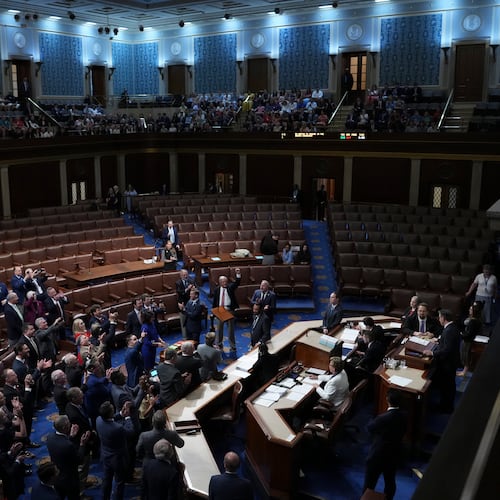How much would a mini-city in the Gulch be worth to Atlanta residents? Not much, judging by last year’s election debates. Though Mayor Kasim Reed had announced that the billionaire Ressler brothers, fresh off receiving a $143 million public subsidy for Philips Arena, had plans for downtown, he didn’t mention that they expected Atlantans to subsidize that investment.
Not one candidate proposed a Gulch tax subsidy during the election, because office towers next to the Falcons stadium are not high on voters’ wish lists. Contrary to one reporter, the Gulch is not “a hole in Atlanta’s heart.” We have real concerns, from affordable housing and mobility to adequate police staffing and teacher pay.
So why are we even discussing giving the biggest subsidy in the city’s history to billionaire investor CIM for a project residents weren’t asking for?
In a word: Boosterism. Until now, Atlanta has always given the Boosters what they want. The result is a city with some swanky buildings but little progress on pervasive inequality, high taxes and unmet public needs, especially on the Southside.
Mayor Keisha Lance Bottoms adopts the Boosters’ line that exempting the Gulch from property and sales tax for 30 years will cost us nothing, because right now the site generates no taxes. News reports should stop parroting this nonsense.
When there is employer demand for office space the need will be met by new building somewhere; CIM isn’t creating demand. If we give CIM the exemptions they want — on a vast project that would absorb space demand for decades — we substantially limit the city’s revenue growth. If we don’t, new offices, retail and hotels will open in taxable parts of town, contributing revenue to address the city’s needs.
Though the Mayor and CIM refuse to put a number on the scheme’s subsidy, we can estimate that it will cost residents around $2 billion. That is over $4,000 per man, woman and child; nearly three times Arthur Blank’s stadium subsidy; and about what water-sewer remediation has cost so far. It is enormous.
The Gulch scheme has other costs. It would preclude placing a bus, train and transit station where planners say it makes sense, potentially condemning us to auto-centered gridlock. And Sweet Auburn residents fear the deal will come at the expense of long-sought projects because it could require closure of the Eastside TAD.
Promoters are as disingenuous about benefits as they are about costs. Despite the breathless headline, “Gulch will produce 37,000 permanent jobs,” real estate brings zero such jobs. Atlanta is on a roll as NCR, Anthem, Honeywell and more announce 40,000 jobs. Businesses come for our talent, universities, airport and lifestyle, not for developers’ tax breaks.
We’ll gain construction jobs as building work meets demand, whether in a tax-free Gulch or elsewhere. The scheme’s only true public benefits are 200 units of “affordable” housing and minority business advantages, together worth perhaps $20 million – an abysmal offset to a $2,000 million subsidy.
The Boosters’ last shiny object is the bedazzling prospect of Amazon HQ2. Yet the Gulch deal is not contingent on HQ2, and CIM is not committing to pass our subsidy to Amazon. Indeed, CIM will spend $500 million of it constructing a platform. If Amazon really chooses Atlanta, Council could then review what direct public subsidy HQ2 wrangled and whether we could afford more concessions.
It is now up to Council and the Atlanta School Board to resist Boosterism and to show that they put the pressing needs of residents and school kids ahead of the blandishments of billionaires.
About the Author
Keep Reading
The Latest
Featured



